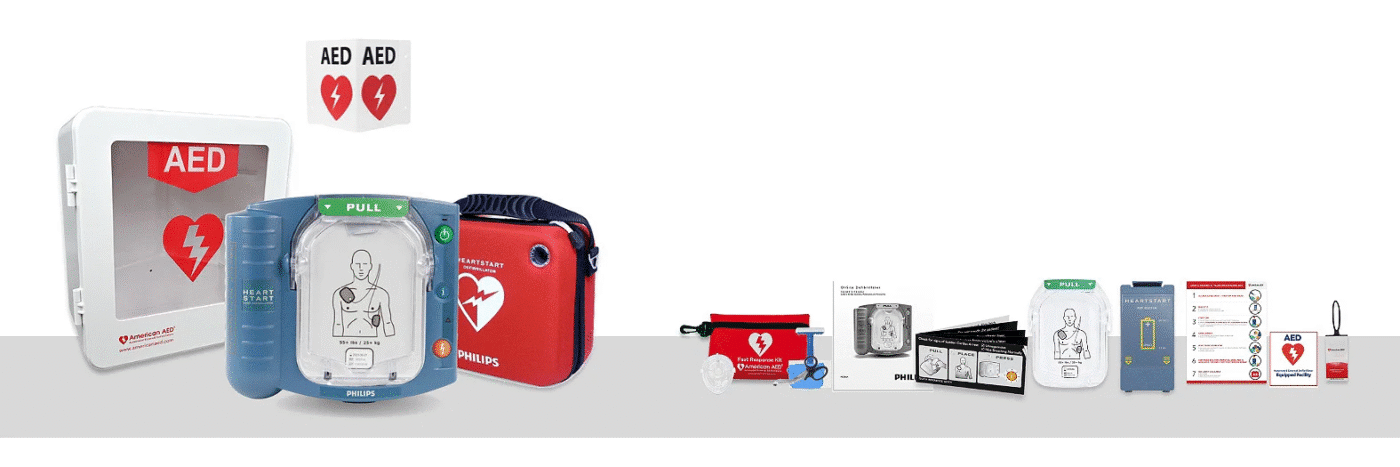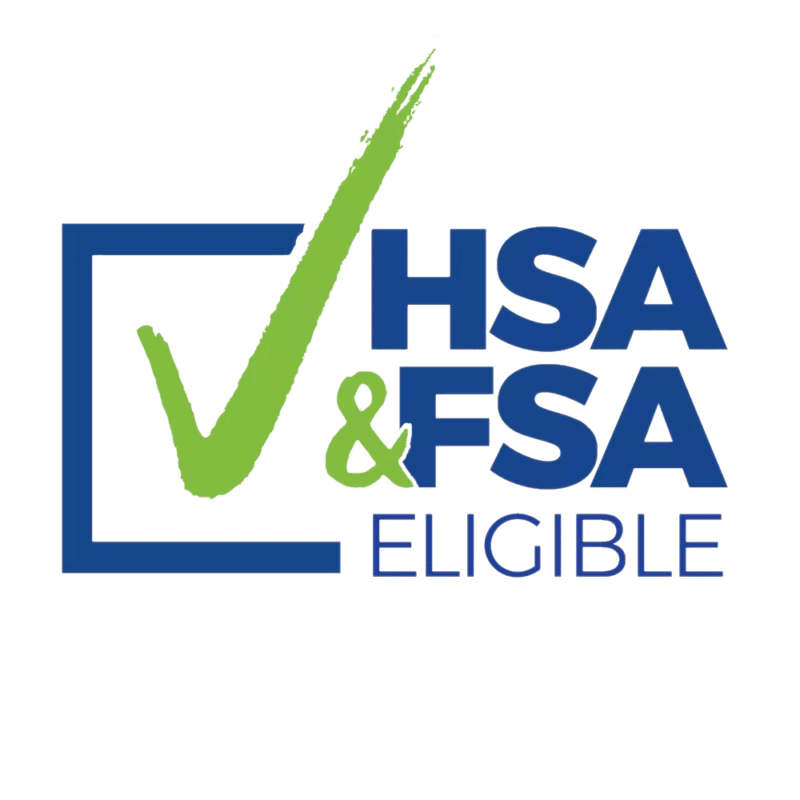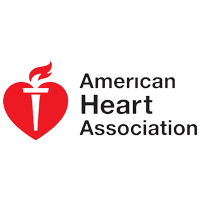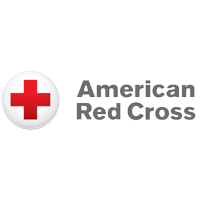When a sudden cardiac arrest strikes, every second counts. That’s why having an on-site AED (Automated External Defibrillator) kit readily available can be the difference between life and death. But what exactly is included in an on-site AED kit? Whether you’re considering an AED for home, school, church, business, or even for aviation or police, understanding what’s inside the kit is crucial for proper preparedness.
In this guide, we’ll break down what you’ll find inside a typical on-site AED kit, how it’s used in different environments, and why choosing the right AED setup from a reputable source like CalMed matters.
Why an On-Site AED is Essential in Every Environment?
Cardiac emergencies don’t wait for an ambulance. Having an on-site AED empowers bystanders to act immediately, often restoring a normal heart rhythm before paramedics arrive. Whether you’re equipping a gym, school, church, or aircraft, having the right gear in the right place can save lives.
Let’s dive into the critical components of a complete on-site AED kit.
What’s Inside an On-Site AED Kit?
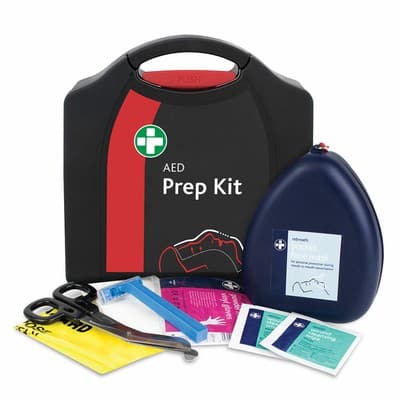
An on-site AED kit isn’t just the defibrillator device. It includes several accessories that ensure you’re ready to handle a cardiac emergency effectively. Here’s what you’ll typically find:
1. AED Device
This is the heart of the kit—pun intended. The AED delivers an electric shock to the victim’s heart. Modern models from brands sold at CalMed are designed for layperson use, with voice and visual prompts guiding the rescuer.
2. Adult AED Pads (Electrode Pads)
These sticky pads are placed on the victim’s chest. They detect the heart’s rhythm and deliver the shock if necessary. They usually come pre-connected or are easy to attach to the AED.
3. Pediatric AED Pads (Optional)
If your on-site AED may be used on children—especially relevant for an AED for school or church—pediatric pads or a child key (in some models) are essential.
4. CPR Mask or Face Shield
These provide a barrier during rescue breathing. It’s a must-have in environments like gyms and churches where close contact may occur.
5. Scissors
To quickly cut through clothing and access the chest area. Essential in all settings, from police vehicles to home use.
6. Razor
To shave chest hair for better pad contact if needed—especially useful for AEDs for business or police, where responders may encounter diverse individuals.
7. Gloves
Protective gloves help the responder stay safe during the rescue.
8. Towel or Gauze Pads
To dry the chest area before applying pads. Sweat or water can interfere with adhesion.
9. Battery Pack
Most AEDs have a long-lasting battery pack, but it’s crucial to check it regularly. AEDs from CalMed include battery expiration tracking for maintenance ease.
10. Carrying Case
This durable, often weatherproof bag or case keeps the entire kit together and portable, especially important for AEDs for aviation, police, or mobile business units.
AED Add-Ons You Might Also Find
While the above items are standard, some on-site AED kits come with extras:
- Instruction Manual or Quick Reference Card
- Emergency Response Form
- AED Signage for Wall Mount
- AED Wall Cabinet (for public spaces)
CalMed offers kits tailored to specific environments, such as schools, gyms, and churches, so you get the exact gear you need.
How do Different Environments Influence Your AED Kit Setup?
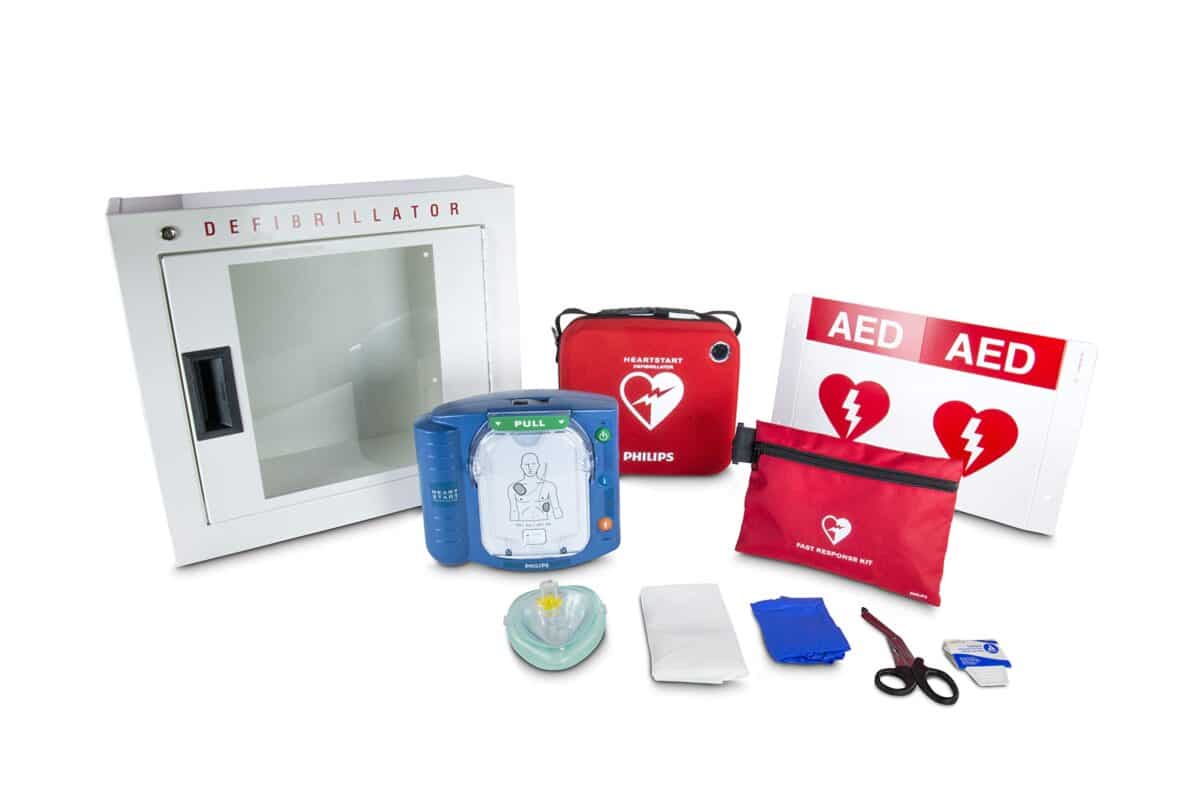
Not all settings are the same. Here’s how your AED kit may vary based on where it’s used:
AED for Home
- Smaller, more compact kits
- Simpler models with fewer accessories
- Still includes CPR mask, gloves, and scissors
- Great for homes with elderly family members or those with heart issues
AED for School
- Must include pediatric pads
- Usually wall-mounted in central locations
- Comes with signage and clear instructions
- Can be used by staff or older students with basic training
AED for Church
- Must be simple to use with minimal training
- Often serves a wide demographic, so both adult and pediatric pads may be needed
- Easily stored and highly visible
AED for Police
- Compact and durable for mobile use
- Must withstand temperature and impact
- One-hand operation and quick-access pouch required
AED for Aviation
- FAA-compliant models
- Lightweight and compact
- Approved battery types for in-flight use
- Extra training materials may be included
AED for Business
- Often wall-mounted in high-traffic areas
- Must be easy to use for employees with no medical training
- Frequently comes with full signage and emergency prep guides
AED for Gym
- Sweat-resistant components
- Quick deployment essentials like towels and razors
- CPR mask and gloves are especially critical due to increased physical contact
Why Buy from a Trusted Provider Like CalMed?
When choosing an on-site AED, quality and support matter. CalMed is an authorized distributor for top AED brands like Zoll, Philips, and HeartSine. Their kits are:
- FDA approved
- Backed by warranties
- Customizable by setting (home, school, aviation, etc.)
- Supported with training and customer service
With CalMed, you’re not just buying a device—you’re investing in a life-saving system with the proper guidance and resources.
Final Thoughts: Be Prepared, Be Protected
Whether you’re purchasing an AED for home, school, church, police, aviation, business, or gym, an on-site AED is a vital part of emergency preparedness. The components inside an on-site AED kit are carefully chosen to ensure you can act fast and effectively during a cardiac arrest.
By understanding what’s inside, how to use it, and tailoring it to your environment, you’re taking a crucial step toward protecting lives. Equip your space today—and make sure you’re ready when every second.
FAQ’s About On-Site AED Kits
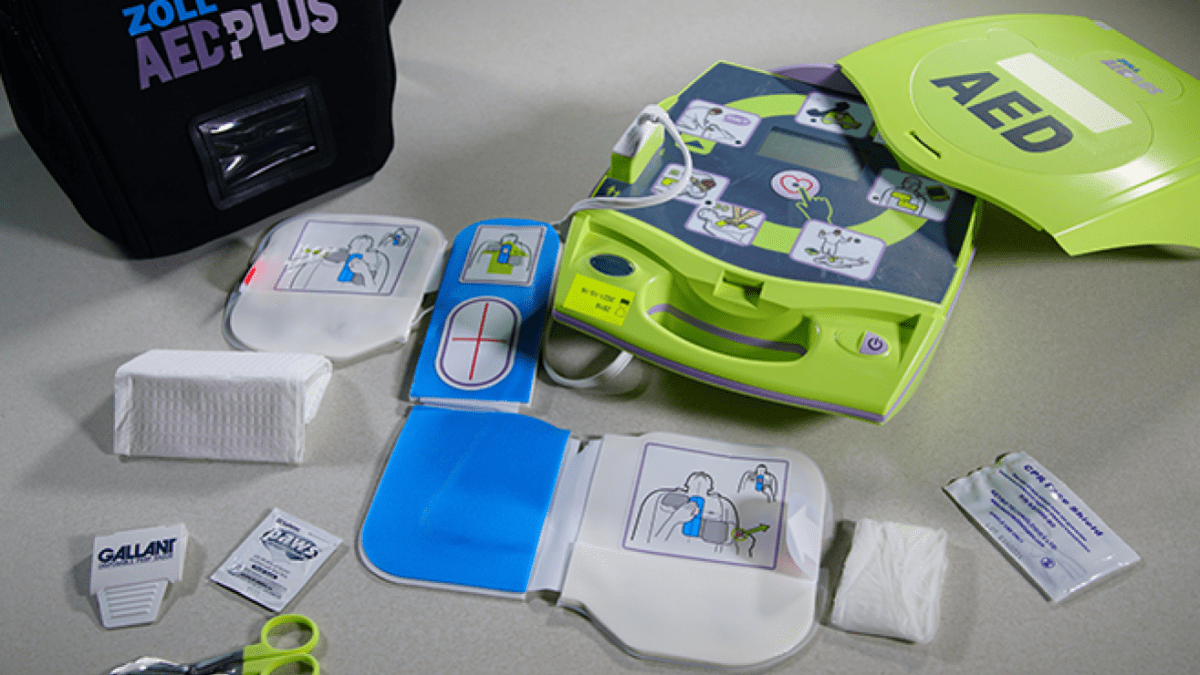
How often should I check the AED?
Most on-site AEDs run regular self-tests. However, visual checks for battery life, pad expiration, and accessory presence should be done monthly.
Do I need training to use an AED?
While AEDs are designed for layperson use and guide you with voice prompts, training is still beneficial. Organizations like the American Heart Association or vendors like CalMed offer both in-person and online training.
How long do AED pads and batteries last?
Pads typically last 2-5 years, while batteries last around 4 years. CalMed includes expiration tracking with their AEDs.
Can I use one AED for both adults and children?
Some AEDs require separate pediatric pads; others use a child key or have dual-function pads. If you’re purchasing an AED for a school or church, ensure it has pediatric capabilities.

